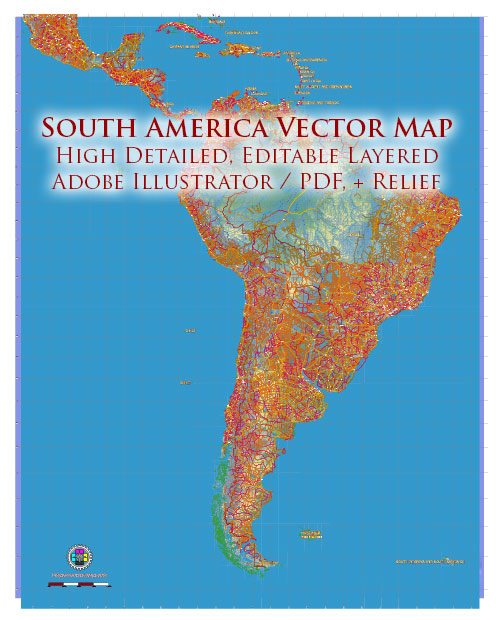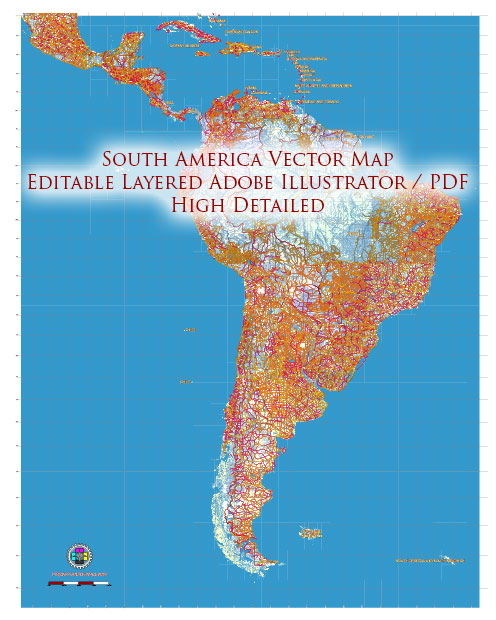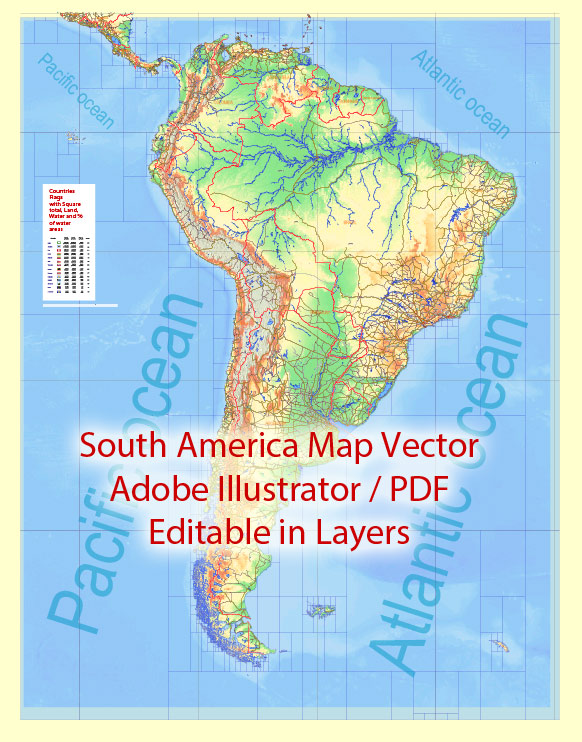The history of urban development in South America is diverse and shaped by a variety of historical, social, economic, and geographical factors. The urbanization process in South America can be traced back to pre-Columbian civilizations, but significant changes occurred during and after the colonial period.
- Pre-Columbian Urban Centers: Before the arrival of European colonizers, several advanced indigenous civilizations existed in South America, such as the Inca Empire, the Moche, and the Tiwanaku. These civilizations had well-planned cities and urban centers, complete with sophisticated infrastructure like roads, irrigation systems, and architecture. The city of Machu Picchu, built by the Incas, is a notable example of pre-Columbian urban planning.
- Colonial Period: The arrival of European colonizers, primarily the Spanish and Portuguese, led to the establishment of colonial cities. These cities were often strategically located near valuable resources or as administrative centers. The layout of these colonial cities was influenced by European urban planning principles, with central squares, churches, and administrative buildings. Examples include Lima (Peru) and Bogotá (Colombia).
- Post-Independence Era: In the 19th century, South American countries gained independence from colonial rule. This period witnessed significant demographic and economic changes, leading to the growth of existing cities and the establishment of new ones. Industrialization and the expansion of agriculture played a crucial role in driving urbanization.
- 20th Century Urbanization: The 20th century saw a rapid increase in urbanization, driven by factors such as rural-to-urban migration, industrialization, and economic development. Cities like São Paulo (Brazil), Buenos Aires (Argentina), and Santiago (Chile) grew into major economic and cultural hubs. However, this urbanization was often accompanied by challenges such as informal settlements, inadequate infrastructure, and social inequality.
- Modern Challenges and Trends: In contemporary times, South American cities face various challenges related to rapid urbanization, including traffic congestion, environmental issues, housing shortages, and social inequality. Many cities are working on sustainable urban development plans to address these challenges, incorporating green spaces, public transportation, and affordable housing initiatives.
- Cultural Diversity in Urban Spaces: South American cities are known for their cultural richness and diversity. Each city has its unique character influenced by the mix of indigenous, European, and African cultures. This cultural diversity is reflected in architecture, art, music, and cuisine, making South American cities vibrant and dynamic.
In summary, the history of urban development in South America is a complex narrative shaped by indigenous civilizations, colonial legacies, post-independence changes, and contemporary challenges. The region’s cities continue to evolve, balancing modernization with the preservation of cultural heritage and sustainable urban practices.




 Author: Kirill Shrayber, Ph.D.
Author: Kirill Shrayber, Ph.D.